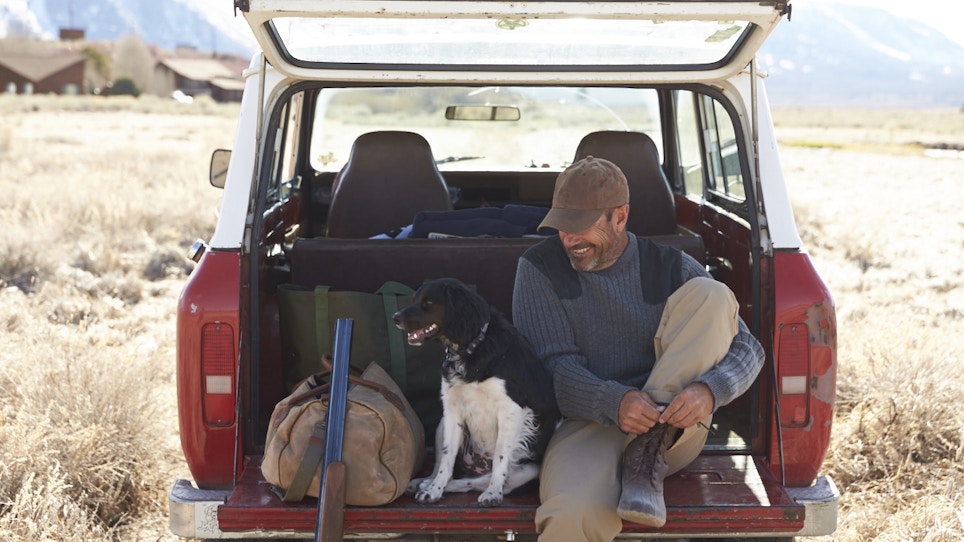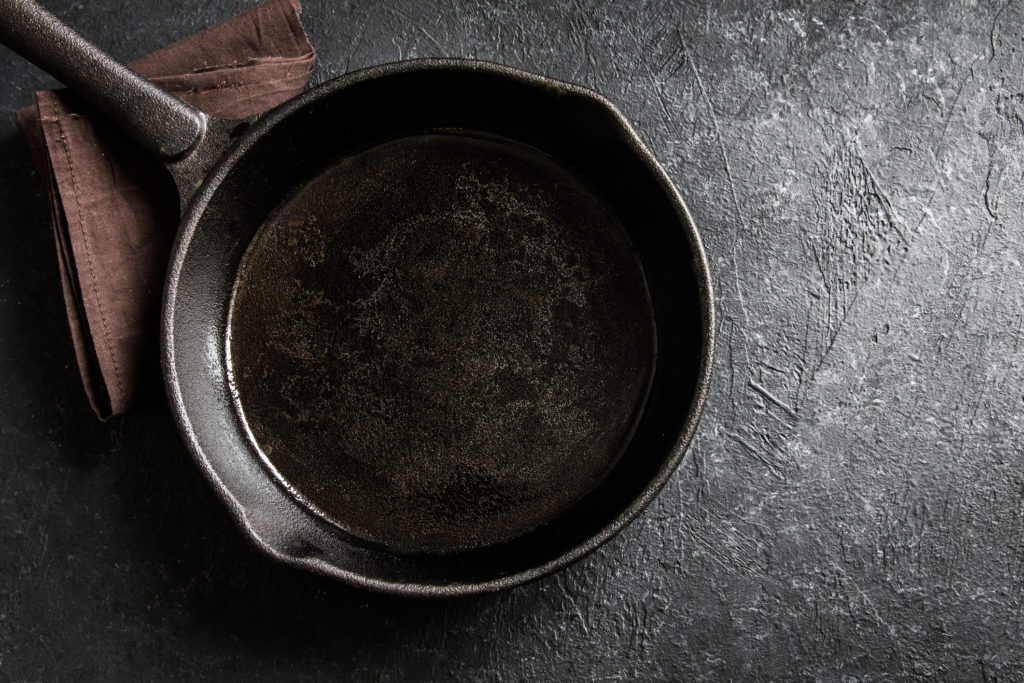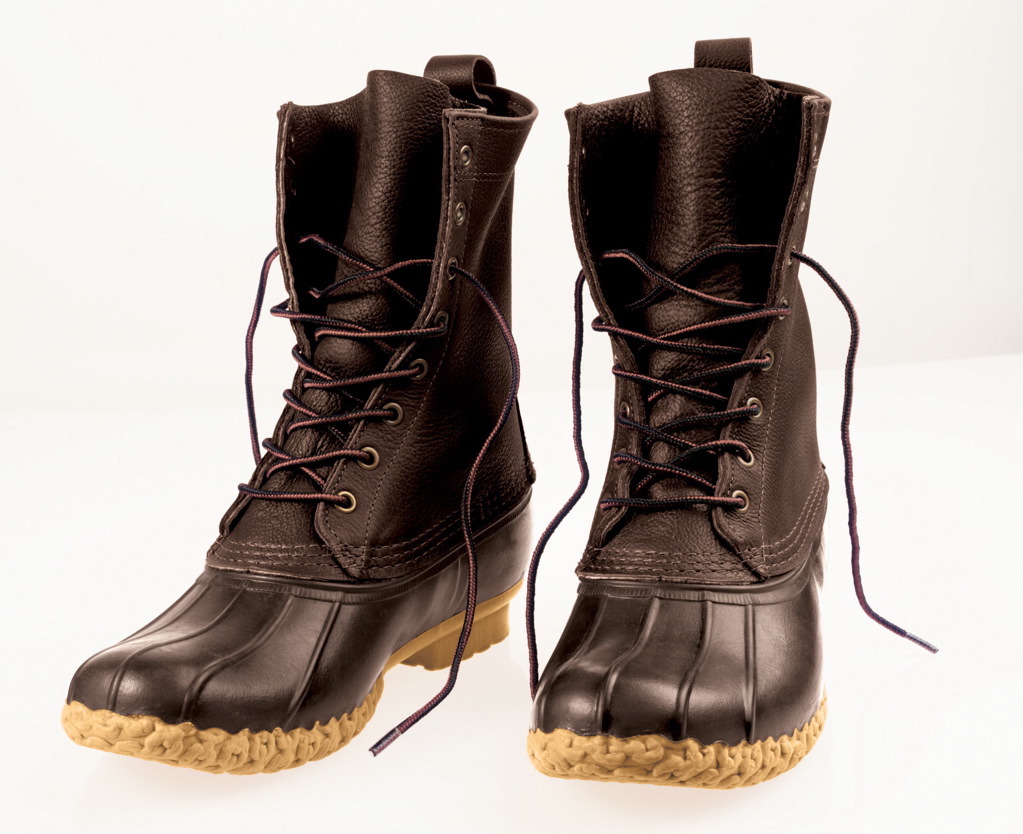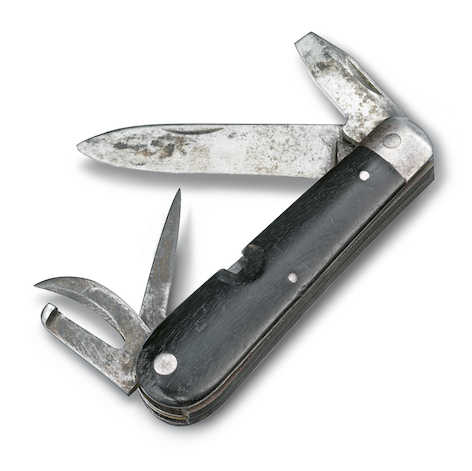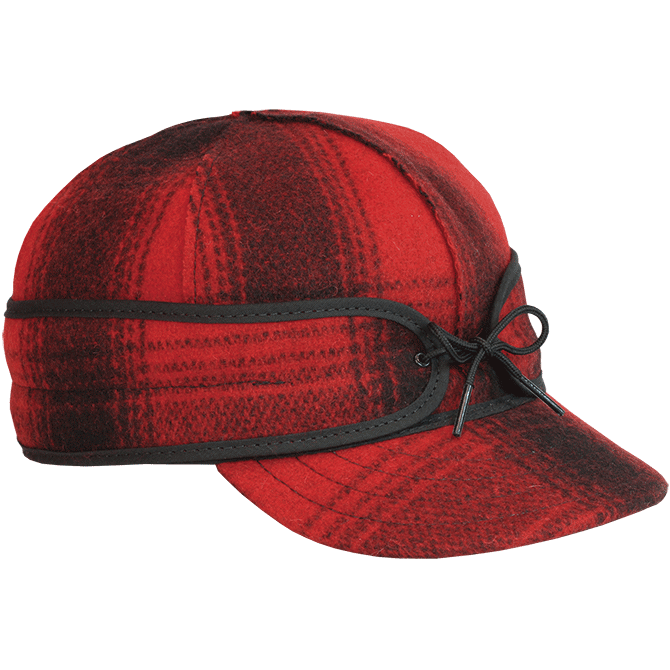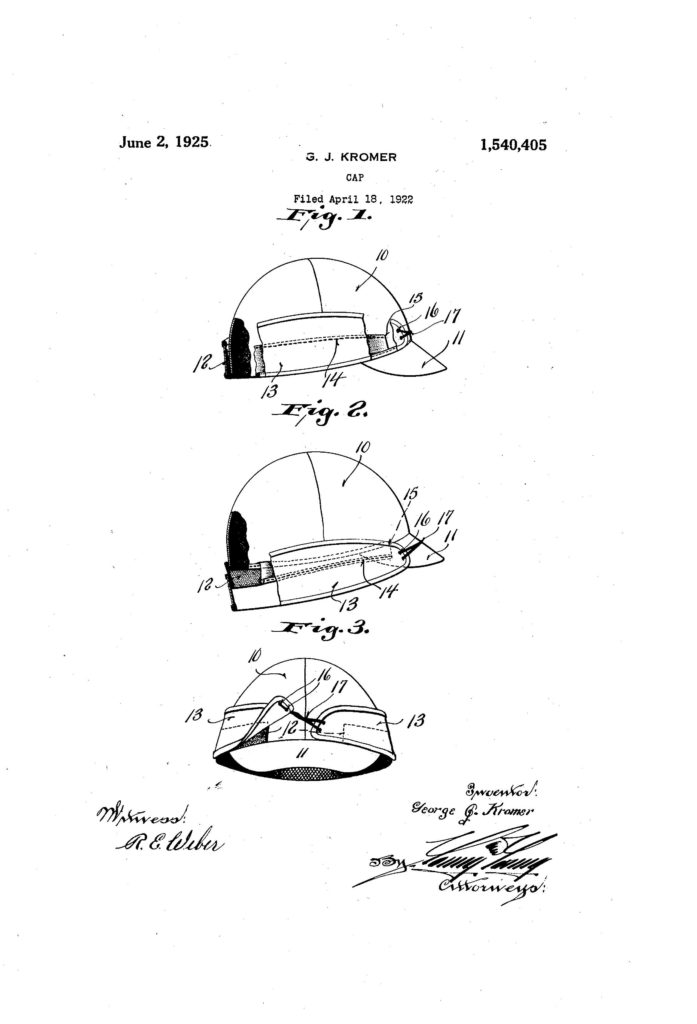Every hunter and outdoorsman has their favorite gear to use in the field or at home after a successful hunt. It’s reliable and durable, and it has never failed you. Here are some of our favorite products that have stood the test of time for decades or even centuries.
1. Cast-iron cookware
Cast-iron cookware is a necessity in every outdoor chef’s arsenal. When properly cared for and cleaned, cast iron will last for several generations, getting better and better with each use. Cast iron can get hot as hellfire and hold that heat, perfect for searing wild-game meats and giving them that delicious hard, seasoned crust that bursts with flavor and locks in all of the cut’s juicy goodness. Go for the double-glazed enamel option, and the cast iron becomes rust-proof and a lot easier to clean. Cast iron is the ideal tool for cooking outdoors as it can go from an open fire or coals directly to the grill, oven or stovetop.
The first-known use of cast iron for cooking took place during the Han Dynasty in China, around 220 A.D. By the 16th century, casting techniques became widespread in Europe. In 1707, Abraham Darby patented the sand-casting method, which resembles how cast iron is manufactured today, and laid the foundation for the British foundry industry. Because of Darby’s invention, the 18th and 19th centuries witnessed a boom in cast-iron cookware. In fact, in his book “The Wealth of Nations,” Adam Smith claims that cast iron was worth more than gold.
The 20th century, however, saw a decline in cast-iron cookware as materials like aluminum grew in popularity. Today, cast-iron cookware is experiencing a revival as more and more restaurants and home chefs choose it over modern pieces for its look, durability and health benefits.
Related: 5 weird wild game meats and how to cook them
2. L.L. Bean Maine Hunting Boot
In 1911, Leon Leonwood (L.L.) Bean — an avid outdoorsman — returned home from a hunting trip with cold, damp feet and a revolutionary idea. Bean enlisted the help of a local cobbler to stitch leather uppers on his workmen’s rubber boots, resulting in a comfortable, functional boot ideal for exploring and hunting the woods of Maine.
Bean took his business to the next level in 1912 when he obtained a mailing list of nonresident Maine hunting license holders and prepared a three-page flyer that boldly proclaimed, “You cannot expect success hunting deer or moose if your feet are not properly dressed.” The Maine Hunting Shoe was touted as being “designed by a hunter who has tramped the Maine woods for the last 18 years,” and it was guaranteed to give Bean’s customers “perfect satisfaction in every way.” One hundred orders came in for this new product, but 90 of them were returned when the rubber bottoms separated from the leather tops. However, Bean made things right by refunding the full purchase price, correcting the problem and mailing out more brochures promoting the Maine Hunting Shoe. After more than a century, this boot is highly regarded not only by hunters and outdoorsmen, but by people who like the look and its durability.
Related: Best hunt wear for 2017 (Footwear)
3. Swiss Army Soldier’s Knife
The Swiss cutlery company Victorinox began manufacturing the Soldier’s Knife in 1891 in an effort to create a domestic multi-tool version of the pocketknife German soldiers carried with them in battle. It had four basic foldable tools: an awl, a blade, a can opener and a screwdriver. In 1897, the company created its now-famous Swiss Army Knife. It was larger than the original Soldier’s Knife, patented as the Officer’s and Sport’s Knife, and featured a second smaller blade and a corkscrew. Even though this tool was never made for military use, the Soldier’s Knife remains standard issue in the Swiss army, although the modern version has come a long way from its 1891 original.
Hunters can certainly appreciate a good knife. A tool like this would come in handy in the field where you needed one tool to serve a number of different purposes without taking up too much room in your pack.
Related: Best hunting knives for 2017
4. Stormy Kromer Original Hunting Cap
This classic cap is a timeless symbol of hunting and the great outdoors. But did you know that this woolen hat once fitted the heads of railroad workers?
George “Stormy” Kromer — so named for his temper during his semi-professional baseball career — was a railroad engineer. One day in 1903, frustrated after losing one too many hats from sticking his head out of a train window, he came home and asked his wife, Ida, to modify an old wool baseball cap with an ear band to keep his ears warm and keep the hat snugly on his head.
Stormy wore the hat to work the next day, and it was an instant hit. Over the next 20 to 30 years, this cap became the symbol of midwestern railroad workers. In fact, railroad workers were called “six-pointers” because the six panels that make up the hat met in a center point. The hat was such a staple in the railroad industry that the Kromers’ profits took a serious hit when the industry began to decline in 1955. So, the Kromers created cotton caps for welders and pipeline workers, and sales skyrocketed.
Today, there are approximately 100,000 caps sold annually, with charcoal gray being the most popular color. There are 116 available style and color options, as well as an entire Blaze Collection dedicated to hunters.
5. Lever-action .30-30 Rifle
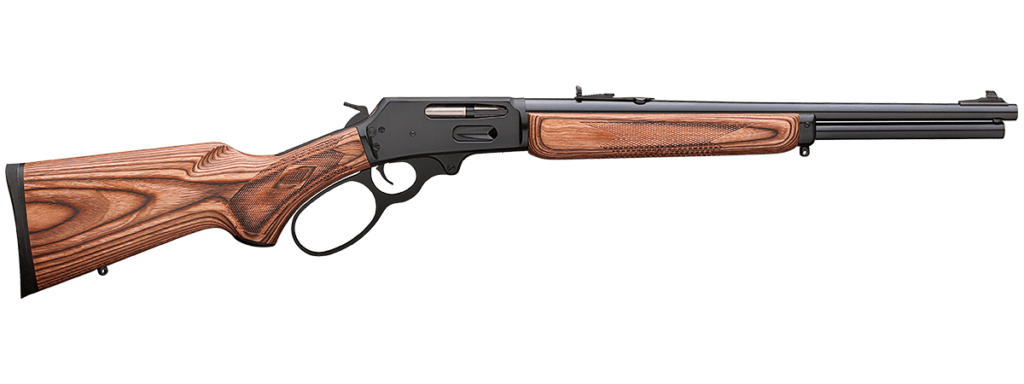
This Rossi Rio Grande .30-30 lever-action rifle took out two big Florida hogs last summer. (Credit: Rossi USA)
We couldn’t run an article about the most iconic hunting gear of all time without including at least one firearm, and it’s impossible to deny the lasting effect the lever-action .30-30 rifle has had on our industry. Few things are more American than the lever-action rifle. Its first-known use was during the Civil War and various Native-American wars, but since then it could be argued that it has taken more deer than any other rifle. It’s rare to find a historical photograph or painting of the Wild West that doesn’t feature a cowboy, Native American, soldier or mountain man proudly touting a lever-operated rifle. Just try to picture John Wayne not toting a Winchester. (I tried. Not possible.)
Marlin and Winchester are the two names that come to most people’s minds when they think of lever-action rifles. The most successful Browning-designed Winchester was by far the Model 1894 — the best-selling high-powered sporting rifle in U.S. history with more than 7 million sold.
America’s second most popular lever-action rifle has to be the Marlin Model 336. Each rifle is chambered in .30-30 Win. or .35 Rem. and features Micro-Groove rifling.
While we’ve come a long way since it was first patented in 1848, the lever-action rifle is far from becoming obsolete. I had the pleasure of using one on my first hunt last year in Florida to kill two boar hogs. You can read more about that adventure and watch a video of my first kill here.
Related: Best deer rifles of 2017
Featured photo credit: L.L. Bean
Did we leave anything out? Let us know in the comment section below or email me at ahoward@grandviewmedia.com. I’d love to hear from you.
